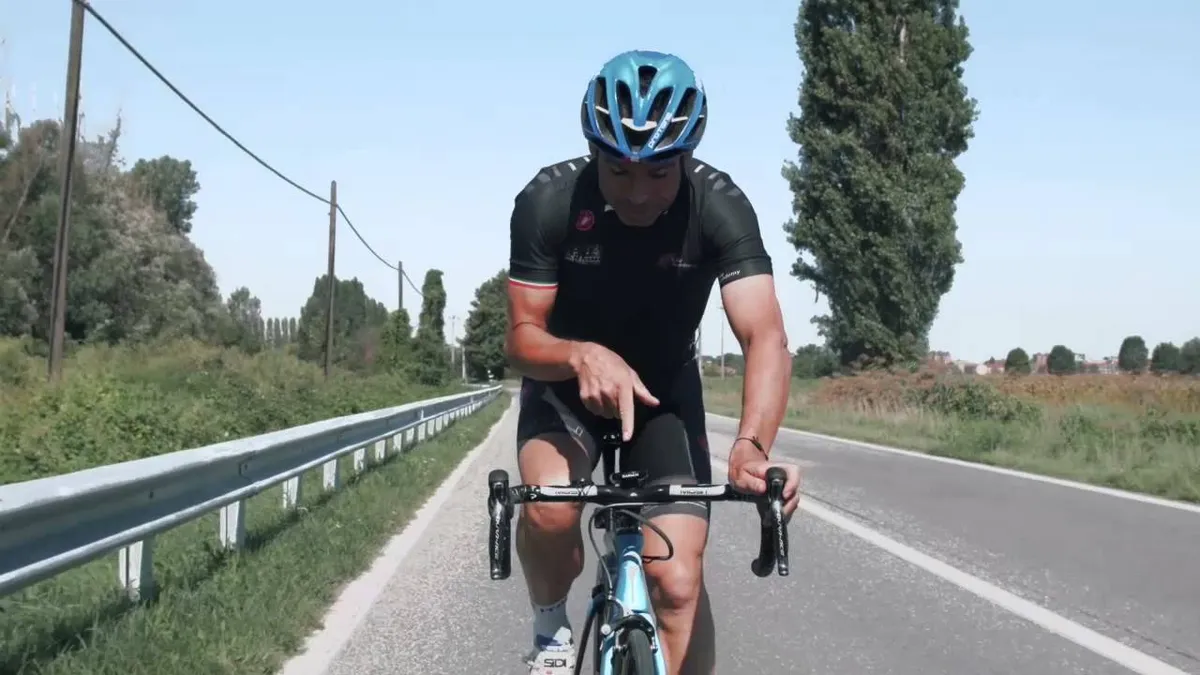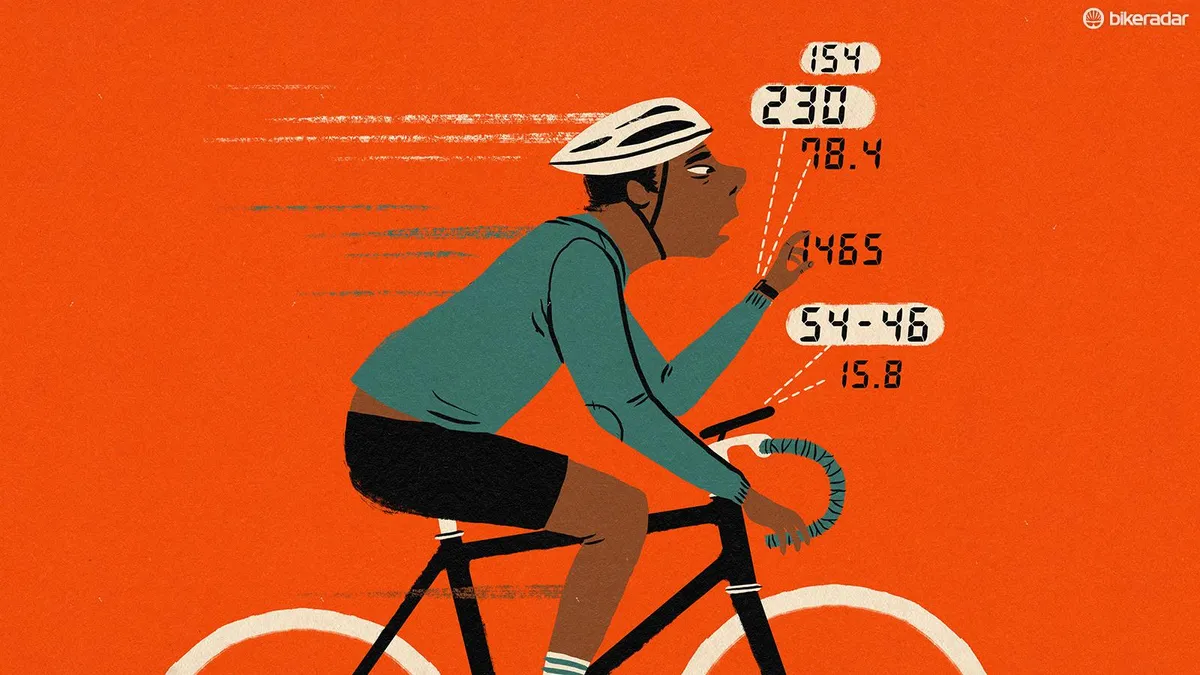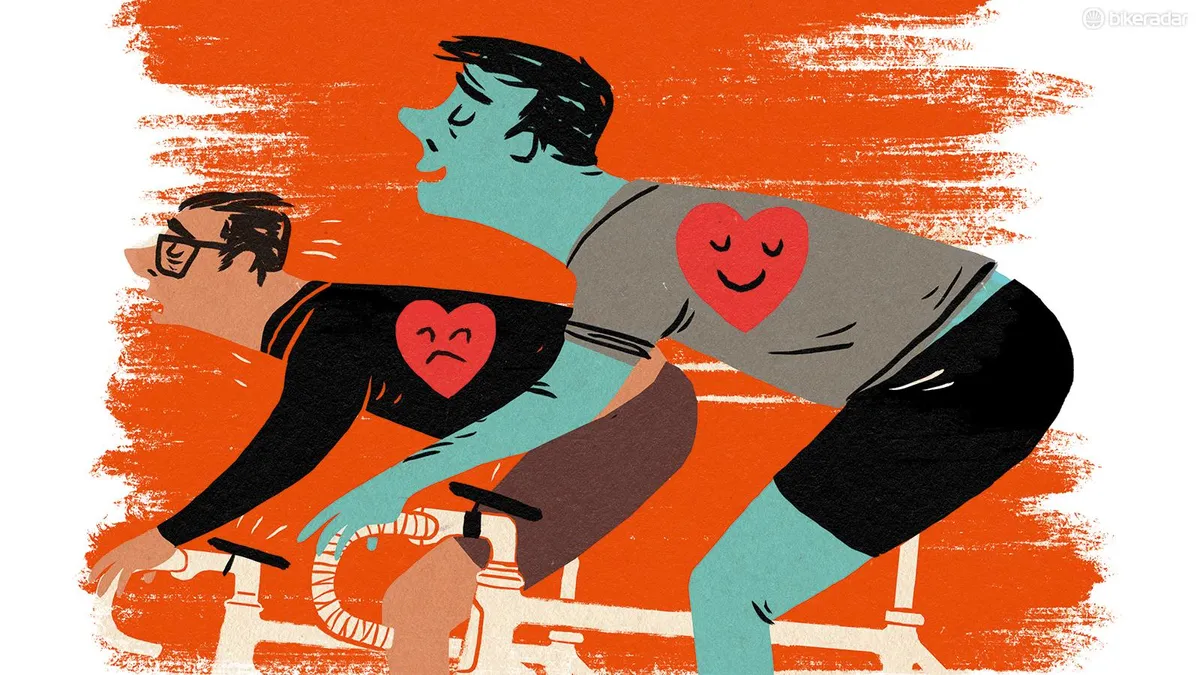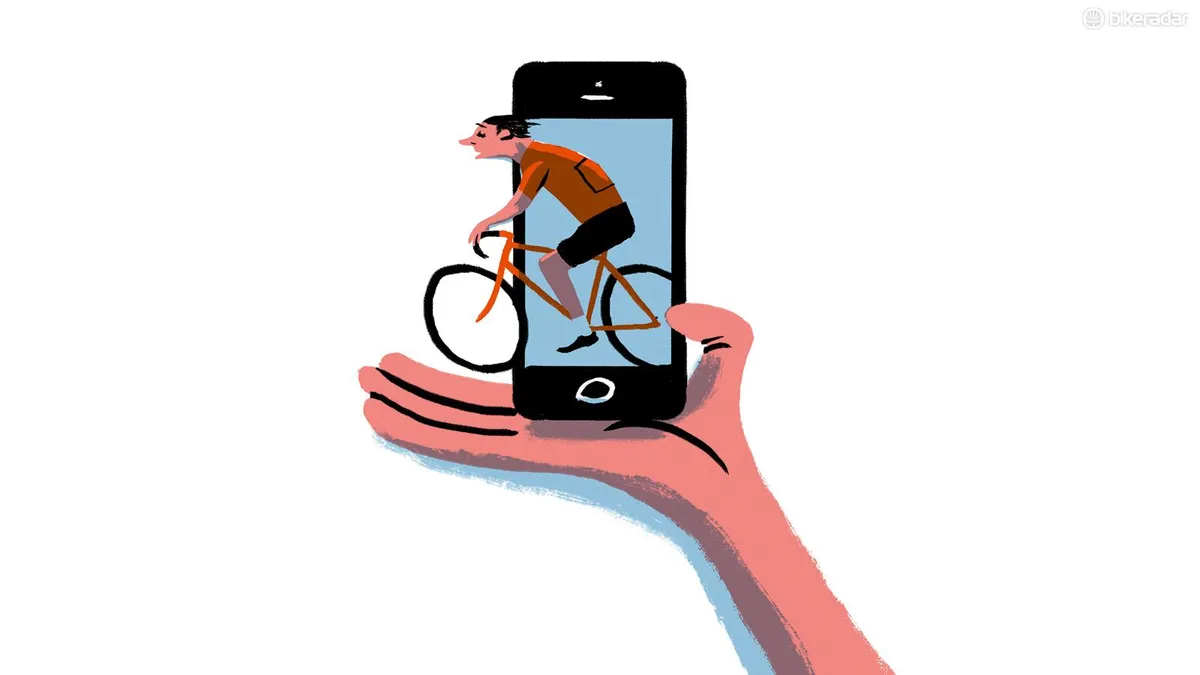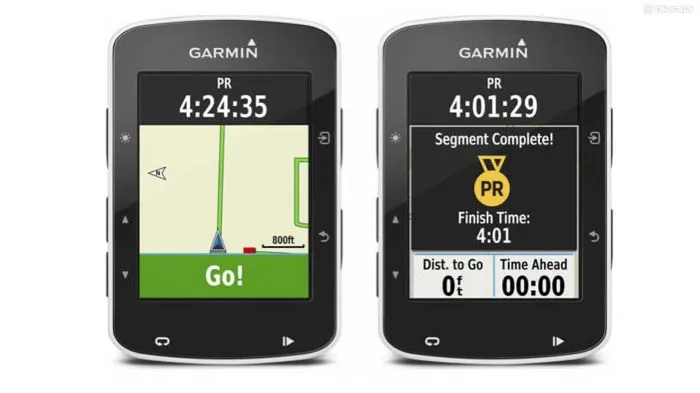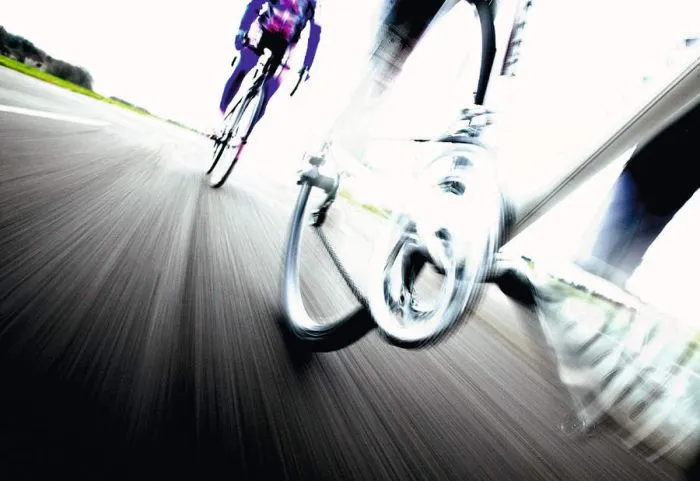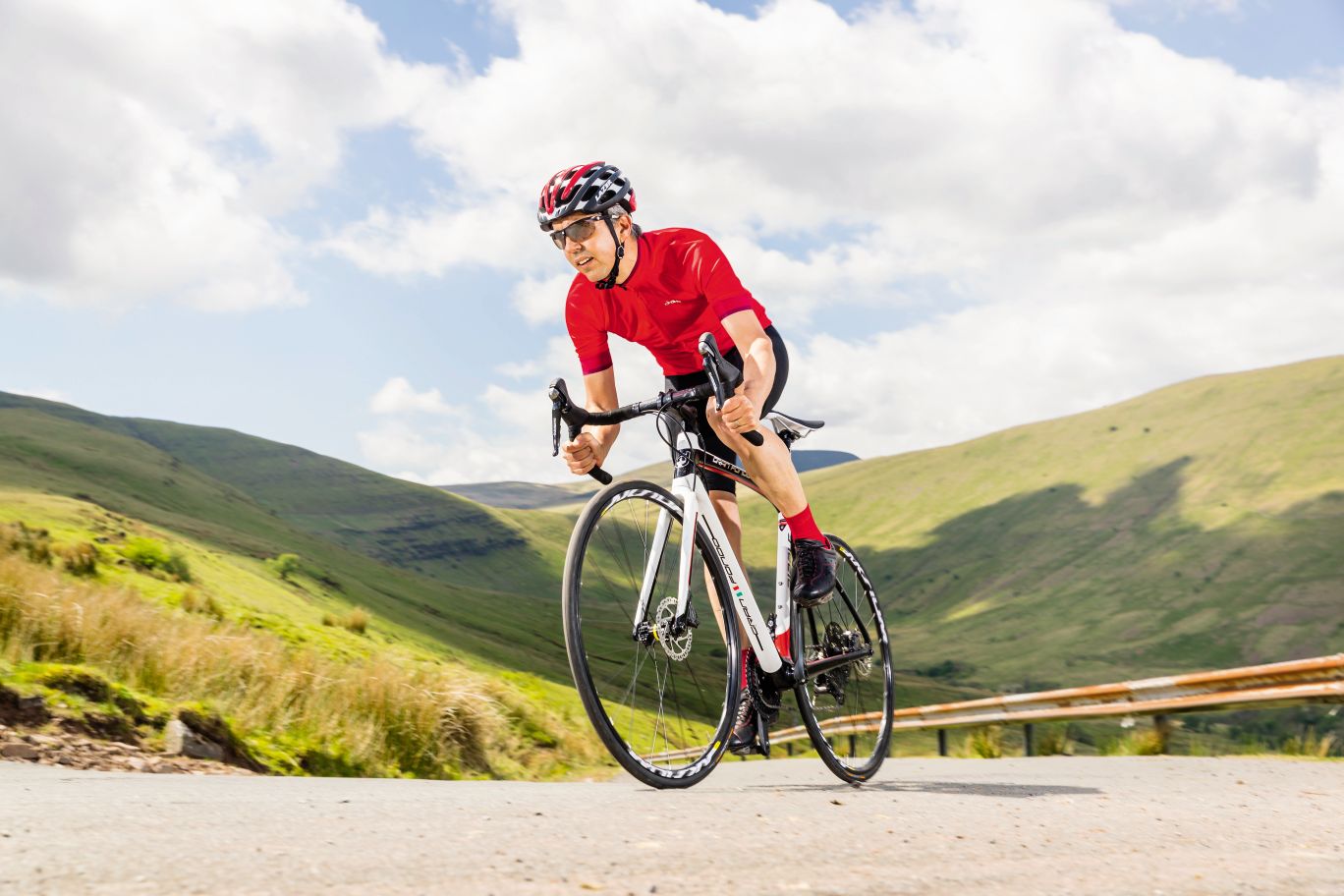We’ve never had it so good when it comes to being informed about our cycling. Our GPS computer sits on the handlebars or stem, reading our speed, distance, cadence, heart rate, power, pedalling efficiency and more.
It'll simultaneously be live-linking all that information to social networks and online training programmes, while our smartphones sit in our back pockets just an app download away from becoming even more powerful than the computer on our handlebar.
Related: Best iPhone and Android apps for cycling
But is there such a thing as too much information? Perhaps not, if you have a team of analysts working to fine-tune your training programme on a daily basis. But assuming you’re not a principal rider at Team Sky, is there a danger we could get lost in the fog and crushed by the weight of all those numbers? If so, how do we know which numbers to pay attention to?
Our aim, naturally, is to get quicker on our bikes, but our speed on training rides should be the least of our concerns. “I’m never interested in the speed someone trains at, as it’s influenced by many factors including weather, terrain and fatigue," says Nick Thomas of sports science and coaching service The Endurance Coach. "At the same power, heart rate or perceived effort, your speed will vary from day to day.”
So if getting back home a minute quicker on the same loop as last week isn’t telling us anything useful, what should we look for?
Garmin’s UK fitness and wellness product manager, Shane Harman, explains the thought processes behind the information that his company’s units offer users: “The Edge range allows cyclists to monitor distance covered, time taken, and speed data – and without a device riders won’t have that accurate feedback on their performance. This basic data alone can help riders looking to improve.
“However, for optimum training, cadence and heart rate monitors and power meters can be used to provide improved performance detail; cyclists can use this information to make small improvements each ride, allowing them to develop on a ride by ride basis,” he adds.
8 tips to get the most from your cycling gadgets
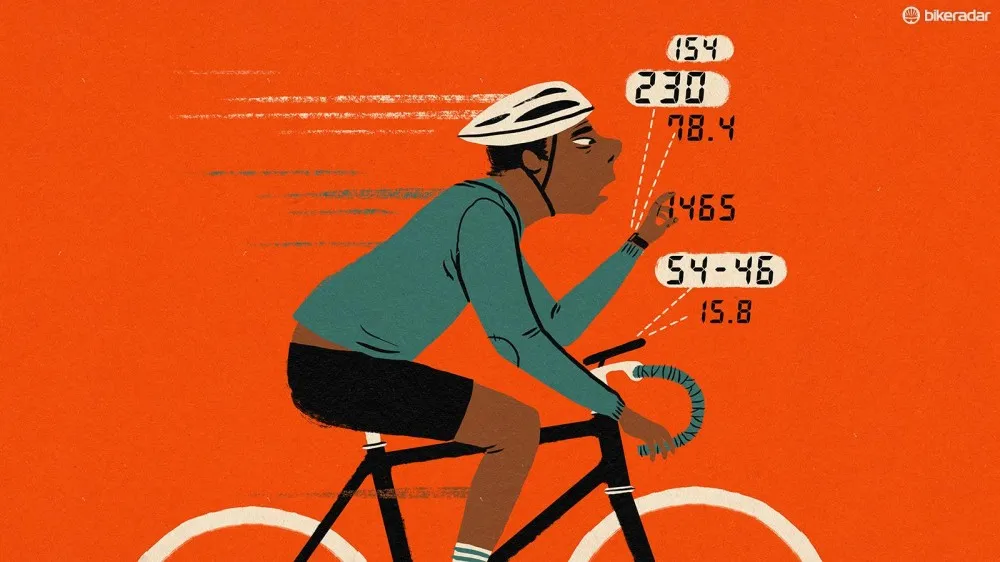
Many cyclists ride with considerable processing power on their handlebars and in their jersey pocket
1. Know your key numbers
“General Edge unit, GPS and GLONASS (Russian GPS) compatibility progression is huge,” says Garmin’s Harman. “Just like mobile phone technology – our software advances extremely quickly. But while many people regularly update their phones, they often neglect to do so with their cycling devices, and they are missing out.
“We can now offer advanced performance data like Functional Threshold Power (FTP), for those with a power meter, and estimated VO2 max figures (as seen on the Edge 520 and above), and these can help you build a successful training plan. A pre-loaded power-based workout enables you to calculate your FTP figure, which you can then build all your training zones around.
“FTP provides the user with a watts per kilogram of body weight figure, which is a universally recognised and comparable figure. So riders can see how well they stack up against the pros!
“VO2 max is the maximum volume of oxygen per kg of body weight per minute an individual can process. The higher this is, the ‘fitter’ an individual is. Again this is an internationally recognised data field. This is usually done in a laboratory (where you’ll see somebody with an oxygen mask, running on a treadmill and hooked up to machines to get this type of data).”
2. Power meter for your training
A power meter can be hugely advantageous in training,” says Thomas, “but only if the power values make sense and their relevance to training is understood. Sports science testing provides accurate training zones for power and heart rate, and also enables progress to be measured with retesting at regular intervals.
“Almost everyone that we’ve tested is surprised how much harder they need to work to reach the required effort in training than before. They initially struggle to hold the required power and it can sometimes take one or two months before sessions can be completed successfully. Whether this is for physiological or psychological reasons is unclear but I expect it, and the athletes are made aware of it so they don’t feel they’re failing the sessions.
“I use power during all turbo sessions and also during longer rides if there are specific efforts to be achieved. Average power (riding time only) is the most useful metric if the ride is even paced.”
3. Track progress with a heart-rate monitor
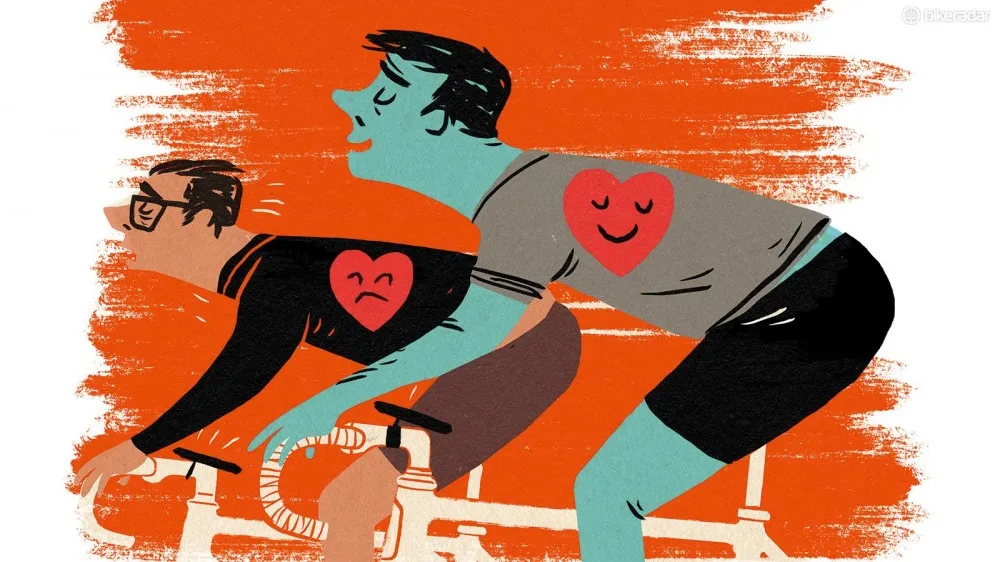
A heart-rate monitor has an important role to play for training
Heart-rate monitors are often seen as old hat in the age of power, but both Garmin’s Harman and the Endurance Coach’s Thomas are insistent that they still have an important role to play for anyone who takes their training seriously and is seeking progression.
“While the Vector 2 pedals are a direct power meter, allowing you to monitor how much force you are producing,” explains Harman, “heart-rate data is an indicator of how much effort you are putting into producing that force. Your heart rate doesn’t lie, so it is a great way of tracking exertion and is fantastic for motivating yourself to keep pushing as hard as possible.”
Thomas is also keen that people using power should do so in tandem with heart rate. “Relying solely on power can potentially cause problems in the medium to long term,” he explains. “If training is effective then power output will gradually increase at any given heart rate intensity, but only referring to power zones over several months will prevent this increase from happening as there is no progression.
“To address this, a heart rate monitor can be used to achieve the correct heart rate intensity, and power at that intensity will consequently rise as fitness increases. When you consider that some of our athletes increase their aerobic power by 40-50 watts over five months it’s clear to see why they shouldn’t have rigidly adhered to their original power zones.
“For this reason some athletes have significantly increased their aerobic power without using a power meter at all. By using heart rate or perceived effort they were able to achieve progressively higher power without realising it until they were retested.”
4. Watch your cadence
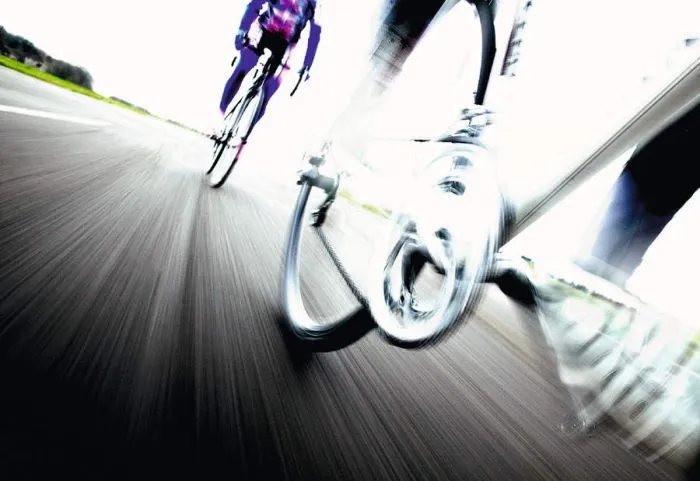
Cadence watching can help deliver specificity in training
“Many cyclists believe specific cadence ranges are optimum,” says Garmin’s Harman, “therefore having a cadence sensor will allow the rider to push for these figures and also to accurately experiment with other cadence ranges to decipher what works best for them.”
The Endurance Coach’s Nick Thomas also sees value in measuring cadence, particularly when seeking specificity in training. “Producing a certain level of effort in a hard gear at 60rpm will provide a very different workout to producing the same effort level in an easy gear at 110rpm – one will build leg strength while the other will improve neuromuscular coordination (training the muscles to switch on and off at a higher than normal cadence will help you work more efficiently at your optimum cadence) – so your cadence can be crucial to getting the most out of your training session,” he explains.
5. Watch out for fatigue
A measure of cumulative effort, stress is an increasingly prominent figure on Garmins, smart watches and training websites such as Training Peaks. The idea is that the figures will indicate to you when it’s the right time to go hard and when to ease off. The Endurance Coach’s Thomas is wary, however.
“I personally prefer to not rely too much on technology in this area and would always consider the athlete’s perceived fatigue when assessing how the body is dealing with training stress,” he expands. “If you feel tired then you are tired regardless of what a gadget tells you.
“Recording fatigue levels daily when waking is useful and can help ‘predict’ excessive fatigue before it becomes apparent. The two questions I have people answer are one, how energetic do you feel? To be answered on a scale of 0 = no energy; 5 = very energetic. And two, how motivated are you to train? To be answered on a scale of 0 = no motivation; 5 = very motivated.
“I’m looking at the overall trend - not any particular day - so I would hope people would be scoring 4-5 most days with occasional 2-3 especially after hard days. Two or more days of 0-2 would suggest the athlete needs one or two rest days and the training programme needs adjusting for the following week. Ignoring the data will likely lead to further fatigue, increased risk of illness and/or injury and reduced performance.”
It's worth noting however that for newer riders who don’t have the luxury of an expert to turn to, training stress scores can be a useful indicator of approaching fatigue.
Jacob Tipper of cycling social website Strava explains: “The Power Analysis tools that Strava offers premium members work with power meters to help analyse fitness metrics, such as form and how fatigued you are.”

Smartphone technology puts loads of info in the palm of your hand
6. Find a fitness plan
For anyone new to training, or getting more serious without expert guidance, the training plans contained with their bike computers or on training websites can be useful starting points. Online social and training site Strava has its own training plans – a series of set-period programmes (four weeks) that help to improve speed and performance as well as fitness levels. “Users get to customise the plan to suit their weekly training volumes and can help improve whatever their target, be it for a 30-second sprint or a two-hour climb,” explains Strava’s Jacob Tipper.
7. Bring balance to your pedalling
“The left/right balance data offered by the Vector 2 power pedal is a great tool,” enthuses Garmin’s Harman. “Using the average left/right balance figures, riders can strive towards creating a perfect 50/50 power output, greatly increasing efficiency.
“Riders can then actually see where they are distributing their power on each pedal using the Platform Centre Offset – PCO – figures.” These can help riders looking to perfect their bike fit, or correct long-term injuries caused by overstressing certain areas when pedalling.
8. Concentrate on yourself, not the big guns
For riders who use Strava in an area where elite riders train, the chances of topping a KOM leader board can be remote. “Instead riders should use Strava as a motivational tool to compete against themselves,” says Tipper. “Targeting your own best times and using Strava’s fitness modifications by syncing with FitBit’s activity tracker to measure tangible fitness improvements is useful too.”
Syncing Strava with FitBit is straightforward and free and provides metrics like calorie burn for riders to see how well they’re shaping up. It also incorporates activity from your day into an overall measure of your fitness, so you are not just measuring training stress from your cycling sessions. This could be useful if you have a physical job from which you need to incorporate recovery if you are to train at the required intensities.
Strava and Garmin features you don't want to miss
Garmin’s Shane Harman and Strava’s Jacob Tipper explain the best little-known features.
Related: Strava and Zwift take the edge off winter training
Garmin tip #1: RoundTrip routing
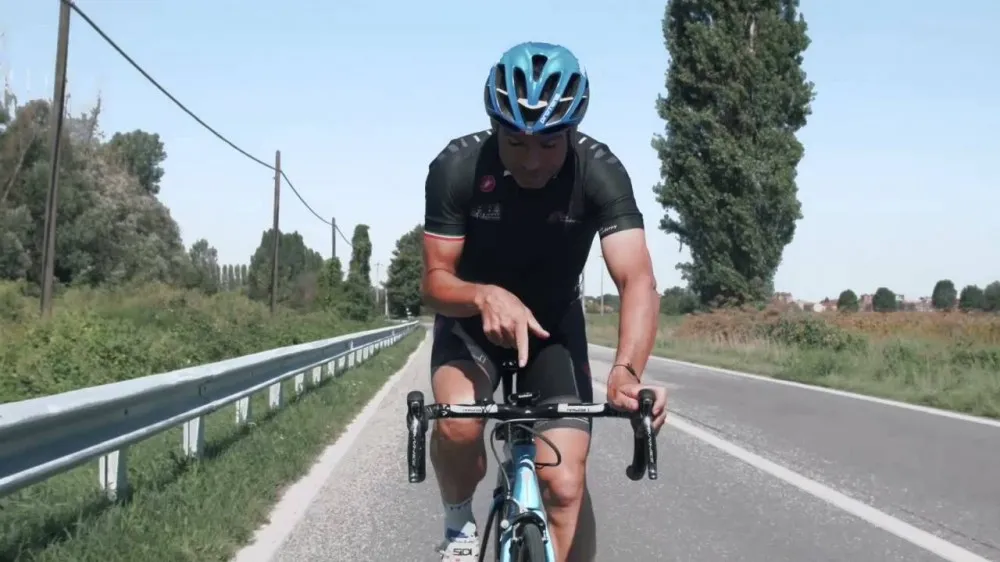
GPS navigation is great for those of us (ahem) with no sense of direction
“This is a great feature that people should be aware of,” says Harman. “It allows users to choose the distance they would like to cycle, anywhere from one to 200 miles, and the device will plot the route for them based on this distance, and guide them through it using turn-by-turn navigation.
This feature is only available on the Edge Touring and 1000, but it goes down well with the more leisure-based cyclist. Taking the effort and confusion out of planning a route is a real benefit to cyclists and the route can even be altered to avoid factors such as busy roads and elevation etc.”
Garmin tip #2: LiveTrack
“Available on the Edge 25, 520, 810 and 1000, this lets the rider share their location with anyone in real time,” says Harman, “so where they have been, as well as other ride data. They don’t even need to have a Garmin Connect account to view this.”
Strava tip #1: Find fellow riders
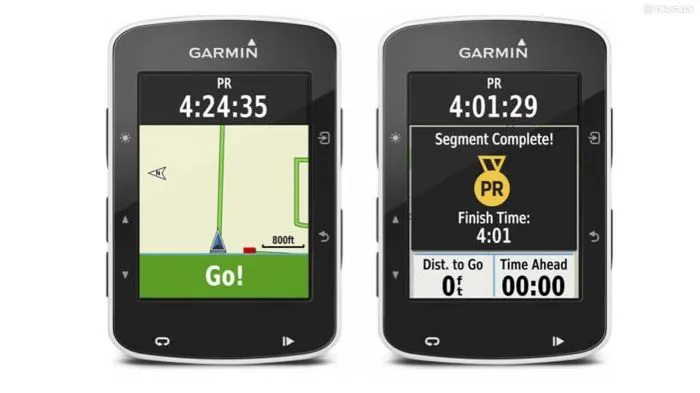
Strava Live segments were first released as a function on the Garmin Edge 520
The original purpose of Strava, its makers say, was ‘to recreate the locker room environment they experienced during rowing training’. This remains one of the app’s strong points with 100,000 new members signing up globally each month.
“While there’s still the competitive element, as you can see how friends have fared, it can also help you find out where others are riding at home or overseas,” says Tipper. Strava’s Photos feature allows you to upload your pics to your activities and you get the whole montage of segments and selfies.
Strava tip #2: Find fresh routes
Through Strava Route Builder, you can plot a path anywhere in the world while the new Local Guides pulls together recommended routes for some of the most well-known cities – and tucked away locales - across the globe.
“Local cyclists curate this element of the Strava guide to include routes of varying difficulty as well as highlighting the scenic spots and crucially the favourite places for riders to grab coffee,” adds Tipper.
